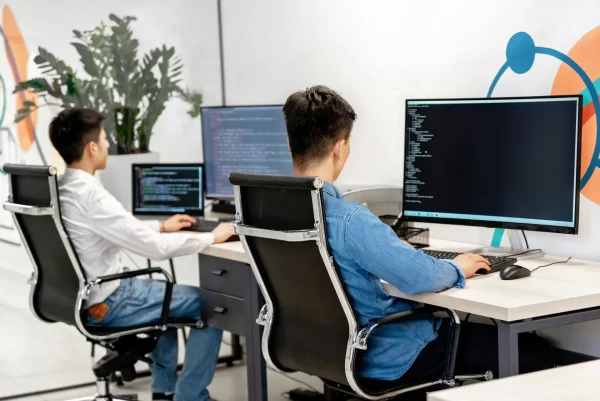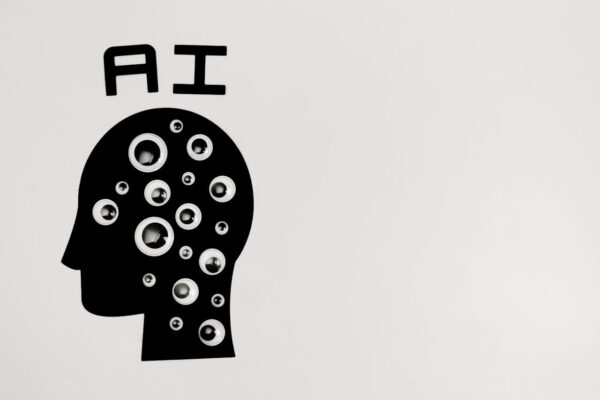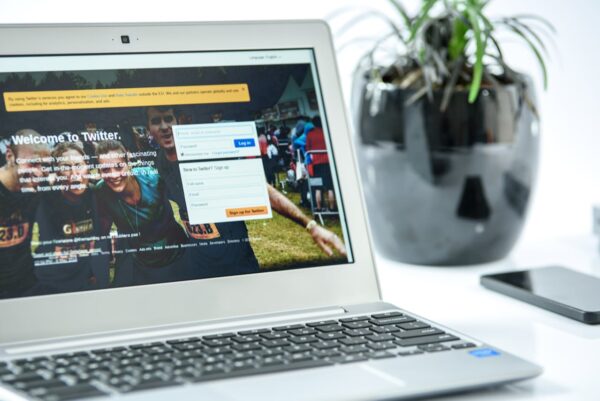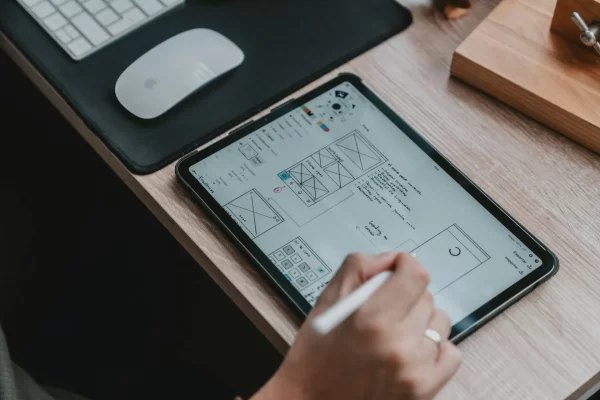In today’s fast-paced world, people are always looking for quick and easy ways to access information. As such, user experience (UX) has become a crucial element of web design. It’s no longer enough to have a visually appealing website; it must also be easy to navigate, intuitive to use, and provide a seamless user experience. Animation in web design is one element that can help you achieve these goals.
In this article, we’ll explore how to use animation in web design to help enhance user experience.
What is Animation in Web Design?
Animation in web design is the use of motion graphics or moving images to create visual effects on a website. It involves various techniques such as CSS animation, JavaScript animation, and HTML5 to create dynamic and interactive web pages.
You can use animation to draw attention to certain web page elements, provide users feedback, or create a more engaging user experience. Animations can range from subtle micro-interactions to more complex transitions and can be used in various ways on a website.
Animation in web design aims to make a website more visually appealing, interactive and engaging for users while providing useful and relevant information.
What is The Role Of Functional Animations In User Interface Design?
Functional animations play an important role in user interface design. Here are some of the ways that functional animations can enhance the user experience:
- Communicate Feedback: Functional animations can communicate feedback, such as confirming a successful action or alerting users to an error. For example, when a user submits a form, an animation can show that the form was successfully submitted, which can reduce user anxiety and increase their confidence in the website.
- Provide Visual Cues: Functional animations can provide visual cues that help users understand how to interact with a website or application. For example, when a user hovers over a button, an animation can indicate that the button is clickable and encourage the user to click on it.
- Create a Seamless Experience: Functional animations can create a seamless experience for users, making it feel like different elements on the page are connected and part of a cohesive design. For example, a smooth transition animation can make it feel like users are moving from one part of the website to another without interruption.
- Guide User’s Attention: Functional animations can guide users’ attention to certain elements on a page, making it easier for them to find what they’re looking for. For example, when a user scrolls down a page, an animation can highlight key features or content on the page.
- Enhance Interactivity: Functional animations can make a website or application feel more interactive and responsive, which can increase user engagement and satisfaction.
Overall, functional animations can significantly enhance the user experience by providing feedback, creating visual cues, creating a seamless experience, guiding attention, and enhancing interactivity. Web designers can create a more intuitive, engaging, and satisfying user interface using functional animations.
Types of Animation in Web Design
Before we dive into the nitty-gritty of using animation in web design, it’s essential to understand the different types of animation available. The three main types of animation in web design are micro-animations, loading animations, and hover animations.
Let’s go ahead and explore each of them.
Micro-animations
Micro-animations are subtle, small-scale animations that are triggered by user interactions. They can be as simple as a button changing colour when clicked or more complex, like an element expanding or collapsing. Micro-animations add a touch of personality to your website, making it more enjoyable to use. They also provide visual feedback to users, which helps them understand how to interact with your website. Here are some examples of micro-animations in action:
- When a user hovers over a navigation item, it expands to reveal a sub-menus.
- When a user clicks on a button, it changes colour to indicate that the action was successful.
- When a user fills out a form, the submit button animates to show that the form is being processed.
Loading Animations
Loading animations are used to entertain users while they wait for content to load. They can range from simple spinners to more complex animations that show the progress of a task. Loading animations help to manage user expectations and prevent frustration. Here are some examples of loading animations in action:
- A spinner appears when a user clicks on a link while the new page loads.
- When a user uploads a file, a progress bar shows how much of the file has been uploaded.
- When a user completes a purchase, an animation confirms that the transaction is processing.
Hover Animations
Hover animations are triggered when a user hovers over an element. They provide visual feedback to users and can make your website more interactive. You can use hover animations to highlight important information, reveal hidden elements, or provide more information about an item. Here are some examples of hover animations in action:
- When a user hovers over a product image, a zoom feature shows a closer view of the product.
- When a user hovers over a button, it changes colour to indicate that it can be clicked.
- When a user hovers over an icon, a tooltip appears to provide more information.
Best Practices for Using Animation in Web Design
Now that we’ve covered the different types of animation let’s explore some best practices for using animation in web design.
Consistency
Consistency is key when it comes to animation. If you use different animations for each interaction, it can be confusing for users. It’s essential to establish a set of rules for how you should use animations throughout your website. Here are some tips for maintaining consistency:
- Use the same animation for similar interactions. For example, if you use a micro-animation to show a button being clicked, use the same animation for all buttons.
- Keep the speed of your animations consistent. If your animations vary in speed, it can be disorienting for users.
- Use the same easing function for all animations. An easing function determines the rate at which an animation progresses. Using the same easing function creates a cohesive feel for your website.
Purpose
It’s essential to use animation purposefully in web design. Every animation on your website should have a clear purpose and add value to the user experience. Here are some tips for using animation with purpose:
- Use animations to guide users’ attention. For example, if you want users to fill out a form, use a micro-animation to highlight the first field they need to fill out.
- Use animations to provide feedback. For example, when a user clicks on a button, use a micro-animation to show that the button has been clicked.
- Use animations to create a sense of continuity. For example, when a user navigates from one page to another, a loading animation provides a seamless transition between the two pages.
Performance
While animations can enhance the user experience, they can also slow down your website if not optimised properly. Here are some tips for optimising animation for performance:
- Use CSS animations instead of JavaScript animations. CSS animations are faster and smoother than JavaScript animations.
- Minimise the number of animations on your website. Too many animations can slow down your website and make it feel cluttered.
- Optimise the size of your animations. Large animations can slow down your website’s load time.
What are the Benefits of Animation for User Engagement?
Animation can have a significant impact on user engagement. Here are some of the benefits of animation in web design for user engagement:
- Draws Attention: Animations can attract and draw users’ attention to the website. Animations can highlight important information or elements on the page, making it easier for users to navigate the website.
- Improves Understanding: Animations can help users understand how to use the website or interact with certain elements. For example, a loading animation can show users that content is being loaded, and they should wait rather than assuming the website is broken or slow.
- Enhances User Experience: Well-designed animations can create a more engaging and enjoyable user experience. Animations can make a website feel more interactive, dynamic and engaging, keeping users on the site longer and encouraging them to return in the future.
- Conveys Emotions: Animations can be used to convey emotions and create a connection with users. For example, a simple animation like a smiley face can make the user feel welcome and valued.
- Increases Interactivity: Animations can make a website feel more interactive and engaging, encouraging users to explore the site and interact with different elements.
Overall, the use of animation in web design can significantly improve user engagement, making it easier for users to understand and navigate a website and creating a more enjoyable and memorable experience for users.
Enhance Your User Experience with Digital Rescue Today!
An animation is a powerful tool that can enhance the user experience on your website. By using micro-animations, loading animations, and hover animations, you can provide visual feedback to users, manage user expectations, and make your website more interactive.
When using animation in web design, it’s important to maintain consistency, use animation with purpose, and optimise for performance. By following these best practices and studying examples of websites that use animation effectively, you can create a website that looks great and provides a seamless user experience.
If you want to enhance your website’s user experience with animation but need some help, our professional web designers at Digital Rescue are ready to assist you. We can help you create stunning animations that add value to the user experience while optimising performance.
Contact us today to learn more about our web design services and how we can help take your website to the next level.



